How to Create Social Opportunities for Children with Autism in the Community

Introduction: The Importance of Social Interaction
Social skills and community involvement are critical components of development for children with autism. These interactions help build essential communication abilities, encourage the formation of friendships, and promote inclusivity within community settings. However, many children with autism spectrum disorder (ASD) face challenges in these areas, necessitating effective strategies and interventions tailored to their needs. Creating and enhancing social opportunities for autistic children involves a multifaceted approach that integrates family involvement, structured activities, and community awareness.
Effective Communication and Social Interaction Strategies
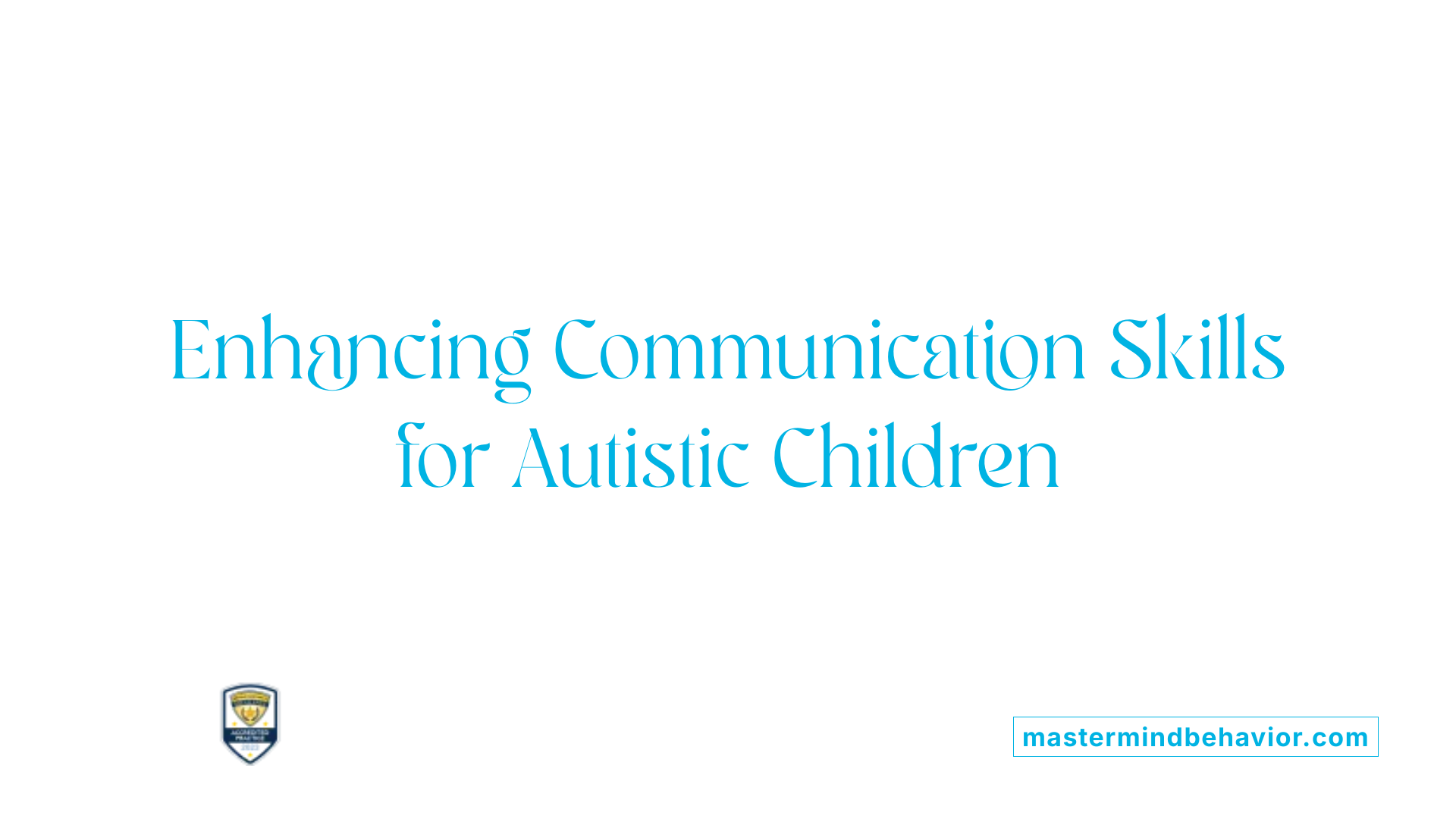
What are effective strategies to support communication and social interaction for children with autism?
Supporting communication and social interaction in children with autism requires a multifaceted approach. One highly effective strategy is the use of visual supports. Tools like communication books or social narratives serve as concrete aids, allowing children to comprehend social cues and expected behaviors. By illustrating different social scenarios, these supports can simplify complex interactions.
Another effective method is role-playing. Engaging children in role-play not only models desired behaviors but also creates a safe environment for practicing interactions. Activities like "What Would You Do?" encourage children to rehearse responses to various situations, helping them navigate real-life social encounters more confidently.
For children with limited verbal communication, augmentative and alternative communication (AAC) methods are invaluable. These methods can include using apps that convert text to speech or picture exchange systems, enabling children to express their needs and emotions effectively. Such tools allow for increased participation in conversations and community activities.
Participating in social skills groups provides structured environments where children can practice and enhance their social abilities. These groups often incorporate interactive games and guided discussions, fostering a sense of belonging and community engagement. Regular interaction in these settings can significantly improve not just social skills but also self-esteem and confidence among children with autism.
Encouraging Social Interaction and Play
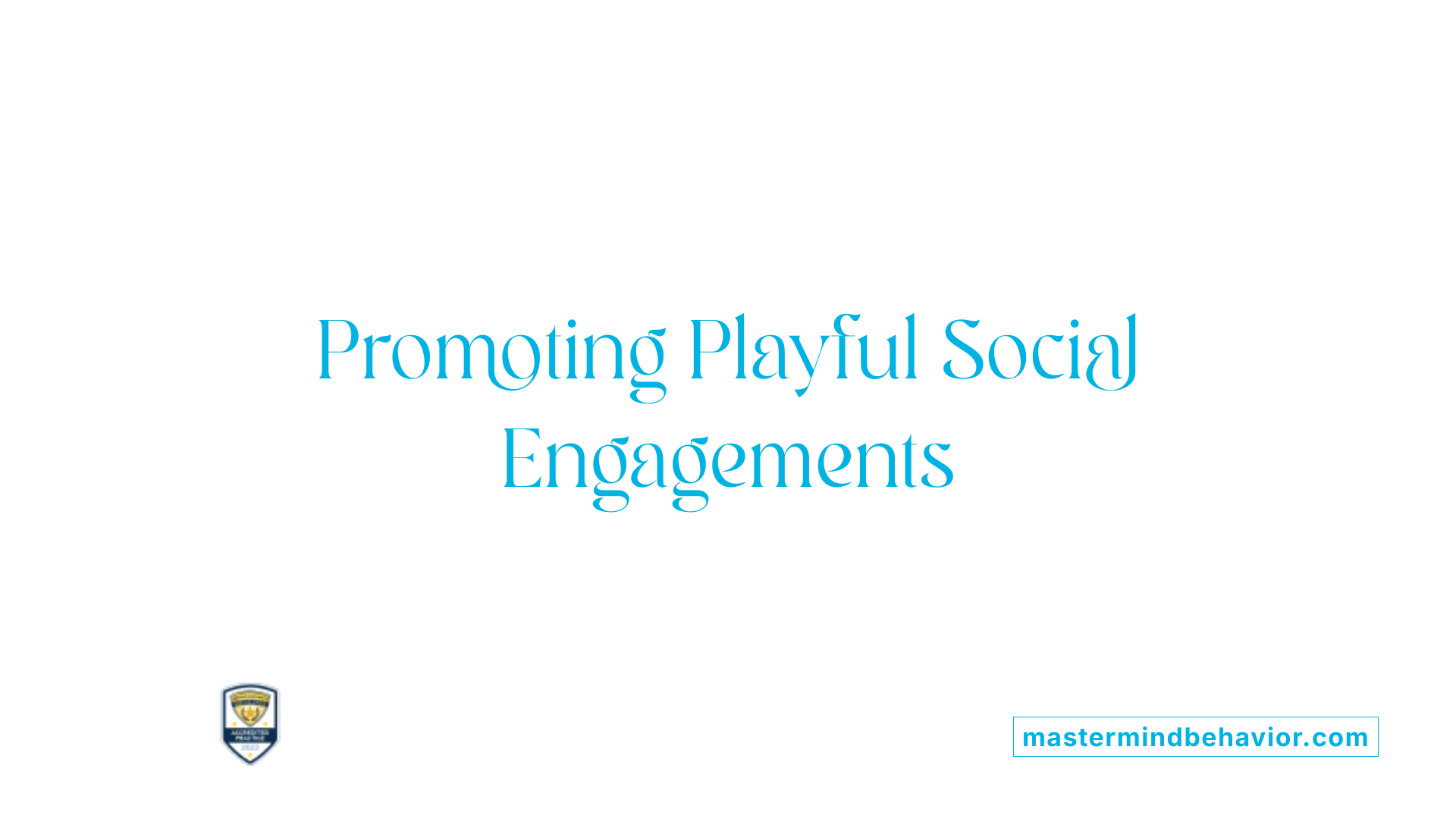
How can we encourage children's social interaction?
Encouraging social interaction in children, particularly those with autism, requires a multi-faceted approach. One effective method is engaging children in role play and storytelling, which provides a safe space to practice communication skills. During these playful scenarios, parents can model appropriate social behaviors and good manners, such as saying "please" and "thank you."
Additionally, parents can teach children about personal space and body language through interactive activities. Games that incorporate movement or props can help children visualize spatial boundaries and recognize cues from others, fostering an understanding of social norms.
Emotional skills are equally important in promoting social engagement. Developing emotional literacy allows children to articulate and manage their feelings, paving the way for greater empathy and emotional connections with their peers.
Finally, creating structured playtime opportunities can greatly enhance social interaction. Activities that involve sharing, teamwork, and conflict resolution not only teach important social skills but also enable children to build relationships and navigate various social situations successfully.
Engagement in community events or groups that encourage collaborative play can further reinforce these skills, ensuring children have ample opportunities to interact and thrive socially.
Supporting Autistic Children in Becoming Social
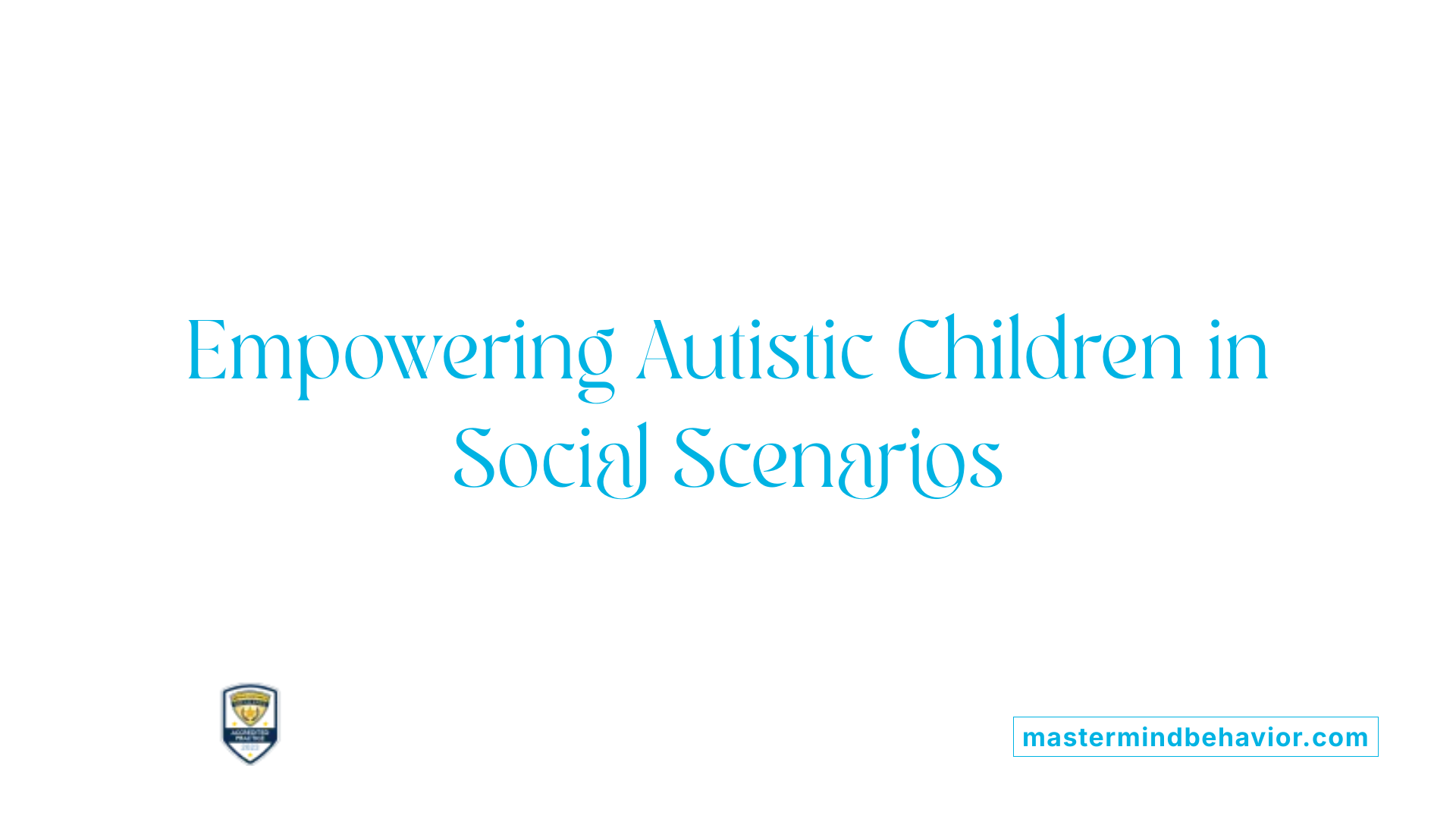
How can I help my autistic child be more social?
To help your autistic child be more social, focus on developing their social skills through various engaging strategies. Start with structured interaction practices with adults. This creates a safe space for your child to learn, while preparing them for peer interactions.
Practicing social interactions
Introduce simple rules for social interaction that can be reinforced during playdates or community events. For instance, teaching them to greet peers or share during games can promote consistent behavior. Pair your child with neurotypical peers who can serve as positive role models and help facilitate natural interactions.
Conversation scripts
Scripting conversations can empower your child with phrases and questions they can use in social situations. This preparation can ease anxiety and provide them with confidence when meeting new friends. Role-playing different scenarios allows them to practice these scripts in a controlled environment.
Exposure to peer groups
Maximize exposure to peers through playdates, organized group activities, and local support groups. Activities such as sports, art clubs, or community service programs help children engage with others who share similar interests. Embracing your child's uniqueness and celebrating these interactions can help foster authentic friendships that are meaningful and lasting.
Facilitating Inclusive Community Engagement
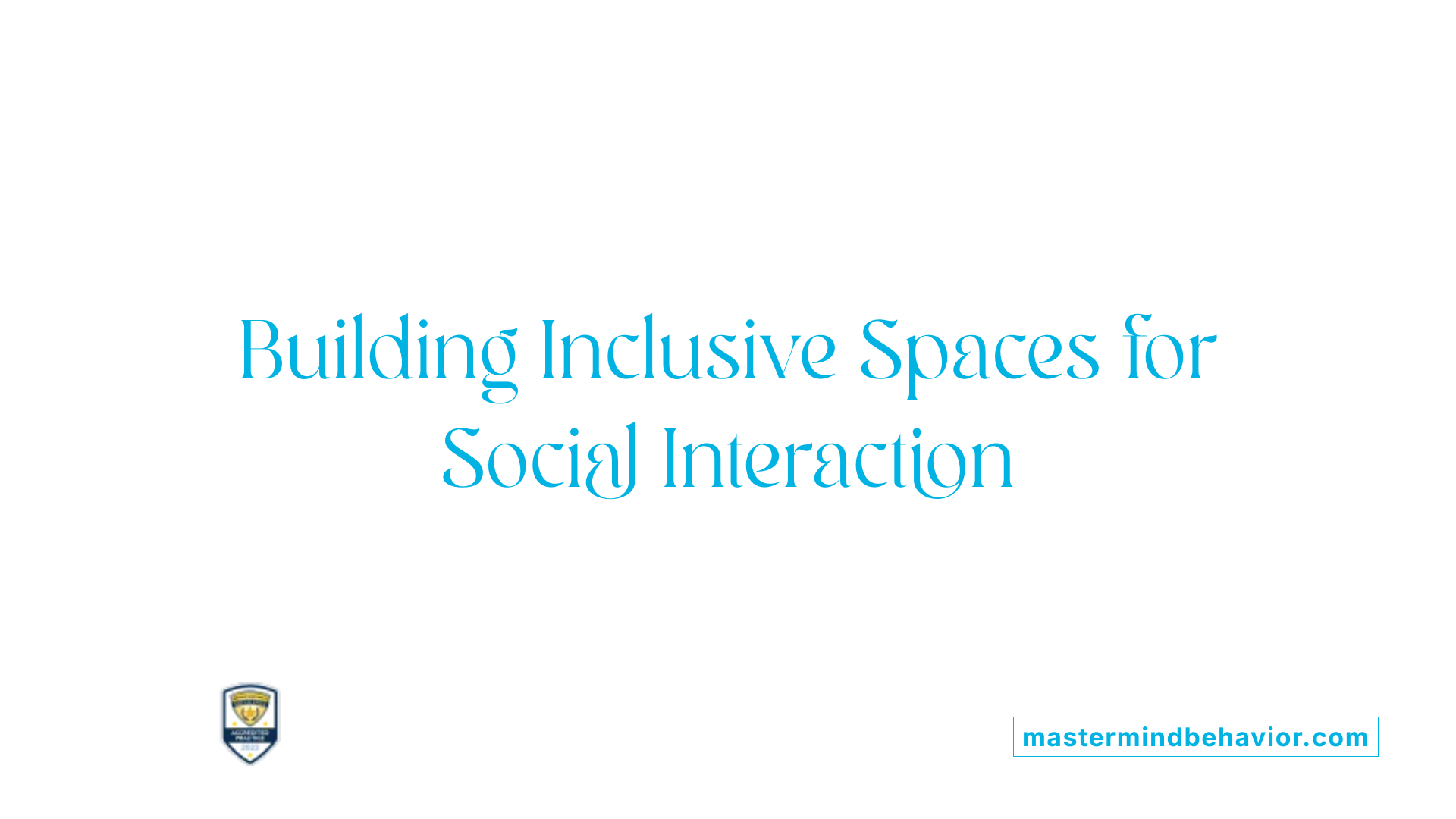
Identifying Inclusive Activities
Inclusive community activities are vital for fostering social skills in children with autism. Programs such as sports clubs, art classes, and community service projects offer structured environments where autistic children can interact with peers. These settings not only promote social skill development but also encourage friendships and a sense of belonging.
Natural Settings for Interaction
Creating opportunities for social engagement in natural settings enhances the experiences of children with autism. For instance, designing informal playdates at local parks or arranging small group conversations during community events provides a comfortable atmosphere. This enables children to practice their social skills in real-world scenarios, helping them learn social norms while feeling at ease.
Peer-Mediated Interventions
Peer-mediated interventions play a crucial role in improving social interactions among children with autism. By training neurotypical peers to support their autistic classmates, these interventions promote understanding and acceptance. Programs that incorporate buddy systems in schools or community groups can facilitate smoother interactions, providing autistic children with positive role models while building their confidence and social skills.
Creating Autism-Friendly Social Settings
Managing Sensory Overload
Children with autism may experience sensory overload in social situations, which can lead to stress and withdrawal. To combat this, it's important to create spaces that can help manage sensory input. Providing quiet zones where children can retreat when feeling overwhelmed allows them to regain composure in a calm environment. These quiet zones should be free from excess stimuli, offering a safe haven.
Structured Social Environments
Structured social environments, such as small lunch groups or organized group activities, offer predictability that can benefit children with autism. For example, incorporating structured activities during lunch can help facilitate conversations by discussing specific topics, enhancing engagement in community settings. Such environments promote positive social interactions and skill-building through carefully planned activities.
Quiet Zones
In addition to structured spaces, quiet zones serve as essential components in autism-friendly settings. They encourage children to take breaks when socializing becomes too much. By creating these areas within schools, community centers, or other engagement platforms, we can ensure that children have the necessary resources to navigate their social experiences effectively.
Evidence-Based Social Skills Interventions
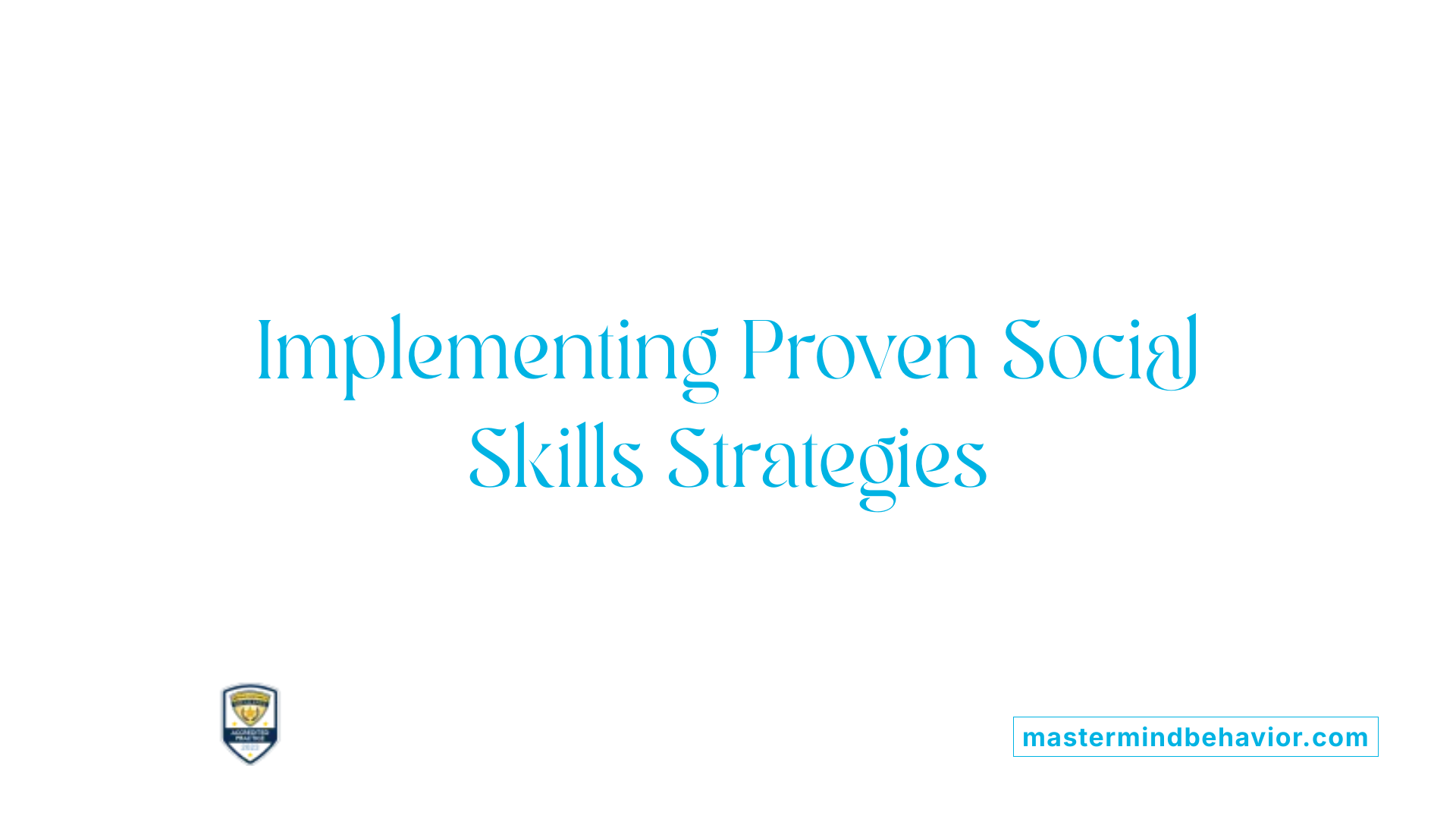
What evidence-based social skills interventions are available for autism?
Numerous evidence-based social skills interventions exist for individuals with autism spectrum disorder (ASD). Among these, video modeling stands out as the most effective method. Studies indicate a mean Percent Non-overlapping Data (PND) score of 84.25%, highlighting its significant impact in teaching social skills across various settings. This approach enables children with autism to observe modeled behavior and imitate those actions in real-life situations, making it a practical tool for skill enhancement.
Social skills training (SST) is another validated intervention that effectively boosts various social competencies among children and youths with ASD. This form of training can be conducted in structured environments, offering opportunities for direct practice and feedback. Research supports the efficacy of SST through both single-case design and group design studies.
Other interventions include peer-mediated instruction and intervention (PMII), which encourages interactions among peers, fostering natural social engagement. Additionally, methods such as functional communication training (FCT) and social stories have been used; however, they have shown questionable to lower effectiveness relative to video modeling and SST.
Recent trends emphasize the importance of involving parents and siblings in these training processes. Engaging family members not only supports the child's learning but also extends the development of social skills into community contexts, enriching the overall social experience for children with autism.
Engaging in Autism Community Support
How can you get involved in the autism community?
Getting involved in the autism community is both impactful and rewarding. Here are several ways to engage:
By actively participating, you contribute to building a more inclusive society for individuals with autism and their families.
Inclusion and Acceptance in Community Settings
Awareness Programs
Raising awareness about autism is a crucial step toward fostering inclusivity in community settings. Education initiatives can help dispel myths and misconceptions about autism, ensuring that everyone understands the challenges autistic individuals face. Schools could teach autism awareness as part of their curriculum, encouraging acceptance among peers, which can cultivate a supportive atmosphere.
Inclusive Practices
Inclusion involves integrating children with autism into community activities designed to benefit everyone. Local organizations, schools, and recreational programs should advocate for practices that cater to the unique needs of autistic individuals. This includes structured social skills lessons, buddy systems, and ensuring that activities are welcoming and adaptable, allowing all children to participate.
Role of Schools and Governments
Collaboration between schools and local governments is essential for creating supportive environments. By designing inclusive spaces and promoting various activities, they can facilitate opportunities for children with autism to connect with their peers. Support from autism associations can help in identifying suitable programs that align with each child's strengths and interests, enhancing their community engagement.
Conclusion: Building a Supportive Community
Creating inclusive and supportive environments for children with autism is a community effort that requires dedication, empathy, and creativity. By implementing tailored strategies, fostering understanding, and actively promoting inclusivity, we can help autistic children forge meaningful connections, enhance their social skills, and thrive within their communities. As families, educators, and community members, we all have a role in nurturing these opportunities for growth and acceptance.
References
- https://www.abatherapistjobs.com/blog/social-inclusion-through-aba-therapy
- https://www.mastermindbehavior.com/post/how-to-create-social-opportunities-for-children-with-autism-in-the-community
- https://www.autismspeaks.org/tool-kit-excerpt/autism-and-social-skills-development
- https://dreambigchildren.com/blog/best-ways-to-create-a-autism-friendly-environment-for-a-child/
- https://www.thinkwork.org/considering-community-service-building-social-skills-youth-autism-spectrum-disorder
Recent articles

How to Support Peer Relationships for Children with Autism
Building Bridges: Fostering Peer Connections in Children with Autism
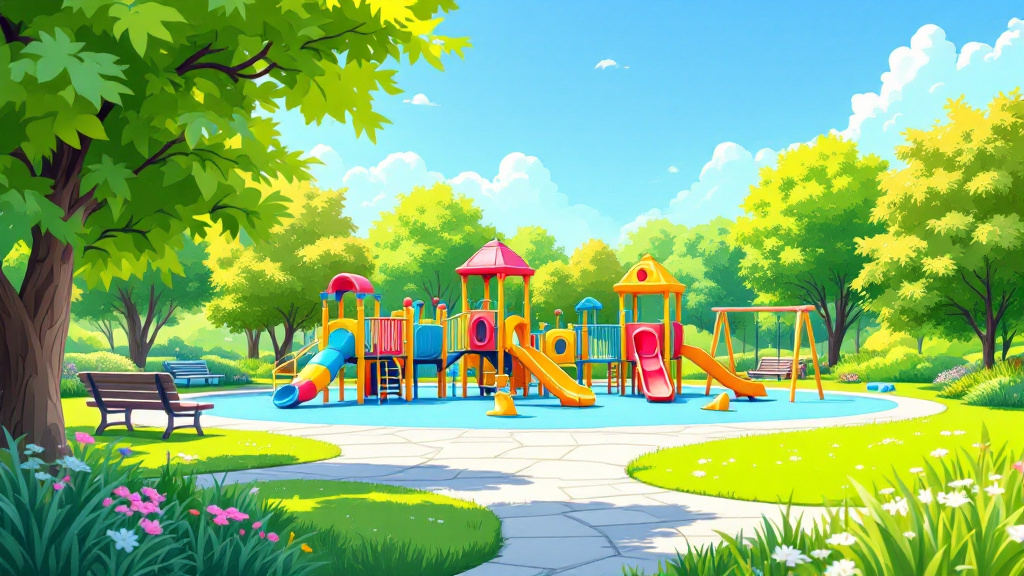
The Benefits of Community-Based ABA Therapy for Social Skills Development
Fostering Social Integration and Independence in Children with Autism

How ABA Therapy Helps Build Daily Living Skills in Children
Empowering Independence: The Transformative Role of ABA in Children's Daily Skills

The Role of Collaborative Goal Setting in ABA Therapy Programs
Enhancing Outcomes Through Teamwork in ABA Therapy

How In-Home ABA Therapy Encourages a Natural Learning Environment
Creating Comfort and Confidence in Home-Based Autism Support

Understanding the Impact of Co-Occurring Conditions on Autism Treatment
Navigating Complexities: How Co-Occurring Conditions Shape Autism Interventions


